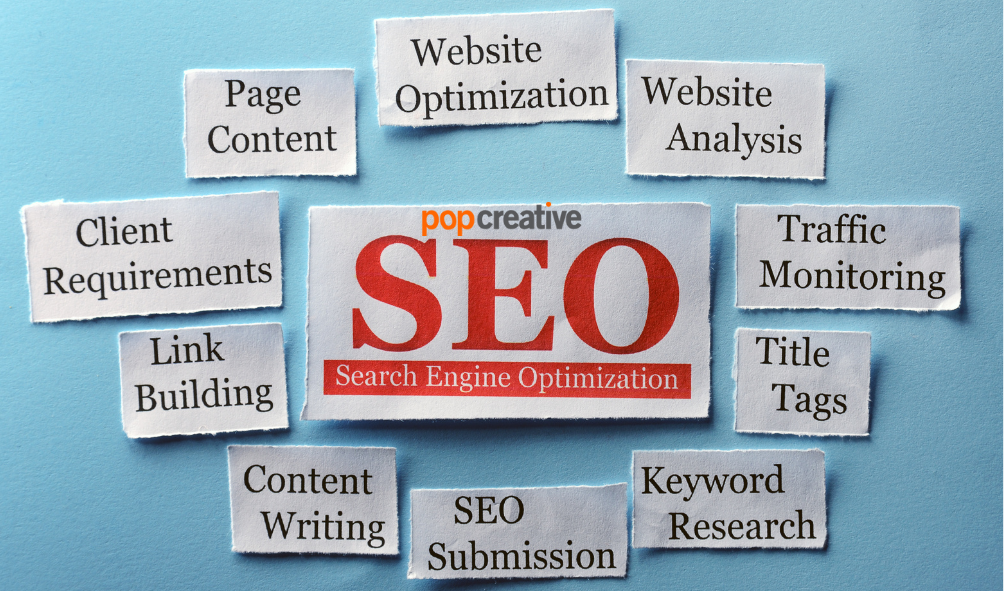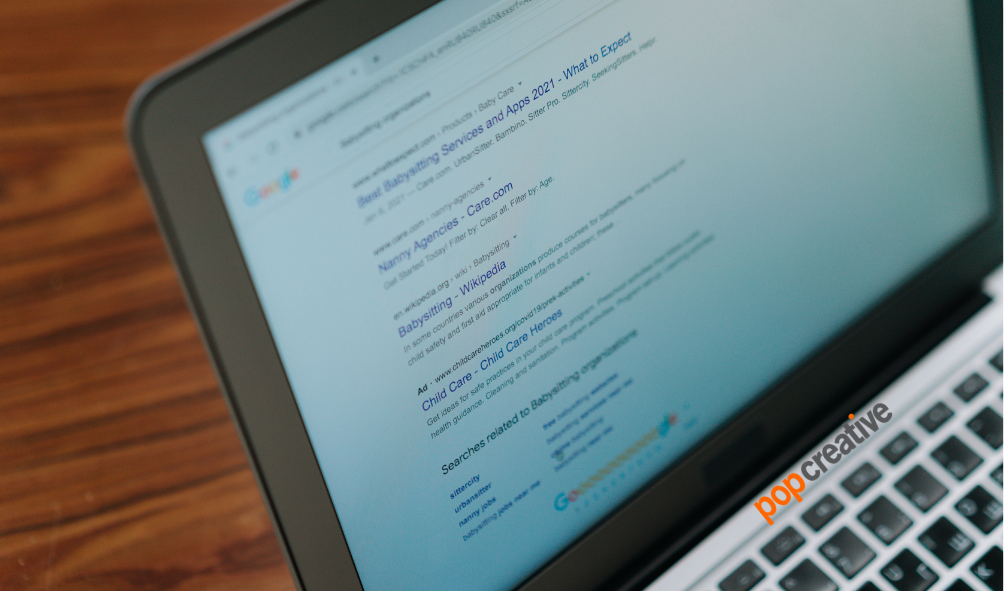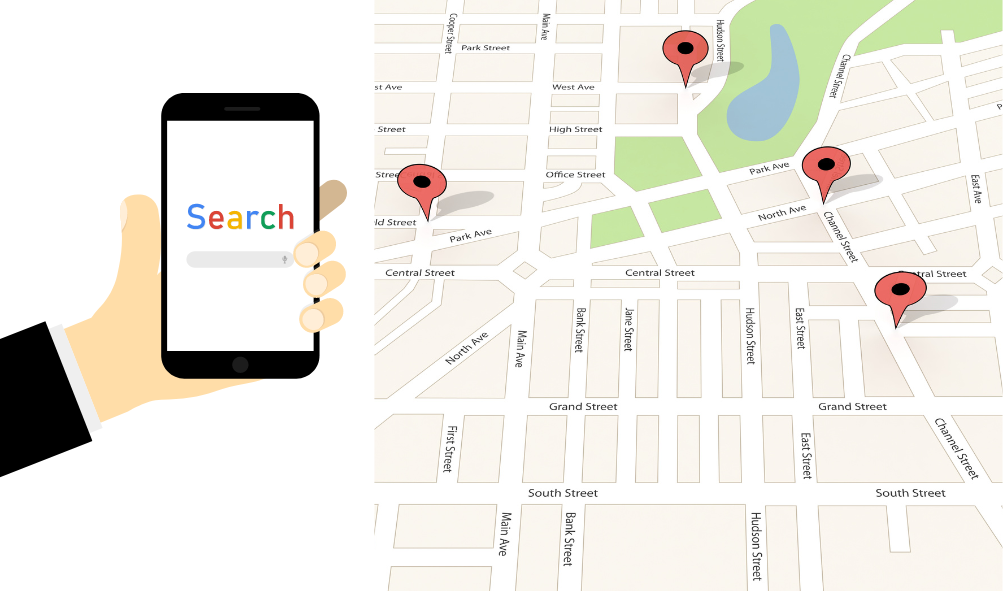The number of mobile devices capable of surfing the Internet is rapidly increasing. There may soon come a day when the number of mobile devices that can browse video, post to Facebook, and check email may outnumber the number of laptop and desktop computers that consumers use.
In an attempt to prepare for this change, Google is taking one big step towards incentivizing websites to become more mobile friendly with this latest update to the Google search algorithm.
Let’s examine the things you need to know about this mobile-friendly update to Google’s search algorithms.
Google Will Add a New Bot
In response to the popularity that mobile devices have enjoyed and their future prospects, Google’s update will likely bring about the addition of a new spider.
While there are no details about it yet, it’s likely that this spider will utilize an Android user-agent. This will allow it to crawl links that not only exist on standard websites, but also those found within mobile apps and single-page websites.
This new spider will likely give bonuses to websites that are mobile friendly.
Mobile-Friendly Won’t Affect Desktop Rankings, Yet
Google stated that mobile and desktop rankings will remain mostly separate. While this means you won’t see a drop in your desktop rankings, you can expect that your mobile traffic might drop completely if you don’t optimize your website for mobile viewers.
Another point to acknowledge is that this separation between desktop and mobile rankings may not last forever.
This Change is Big
With regards to mobile rankings, it has been stated that this update will change rankings significantly more than Panda or Penguin ever did. Considering that these updates were the reasons countless websites dropped in ranking while others rose to the top, it’s a sure thing that this update will bring dramatic changes.
As history tends to repeat itself, this may be your opportunity to take advantage of mobile traffic to get ahead of the competition or to fall behind it.
Responsive Designs Surpass Other Mobile Alternatives
Alternatives for mobile-friendly designs do exist. The most prominent of these alternatives, and likely the least involved for businesses, is to utilize a mobile subdomain.
The problem is that these alternatives will bring numerous difficulties. They may produce duplicate content penalties while requiring another webmaster to oversee that these mobile subdomains stay updated.
Responsive web design offers an amazingly simple answer. By altering the way a website appears based on the device that is used to view it and the resolution of that device, the same content can be delivered in a form optimized for the device being used.
In other words, imagine having a website that changes in response to the needs of your visitors. You can ensure that the same information gets displayed in a format that doesn’t detract and one that search engines like Google will value.
You’re Going to Need a New Layout
The bottom line concerning this mobile-friendly change to Google’s search engine is that you’re going to need to retool your current web design. Your website needs to adapt to the present needs of your consumers and the future demands that they may have.
Responsive web design offers the best solution for the many challenges that your company will face with regards to the Internet. It provides a sleek, elegant solution that doesn’t require any extra work than your current website does.
By investing in a response design, you’re preparing for the future and ensuring that your business caters to your customers. This will enable your website to pull ahead of the competition both in terms of search engine rankings and customers.
Contact us to learn more about what responsive is and how it will benefit your business as more mobile devices become accessible to consumers.





Recent Comments